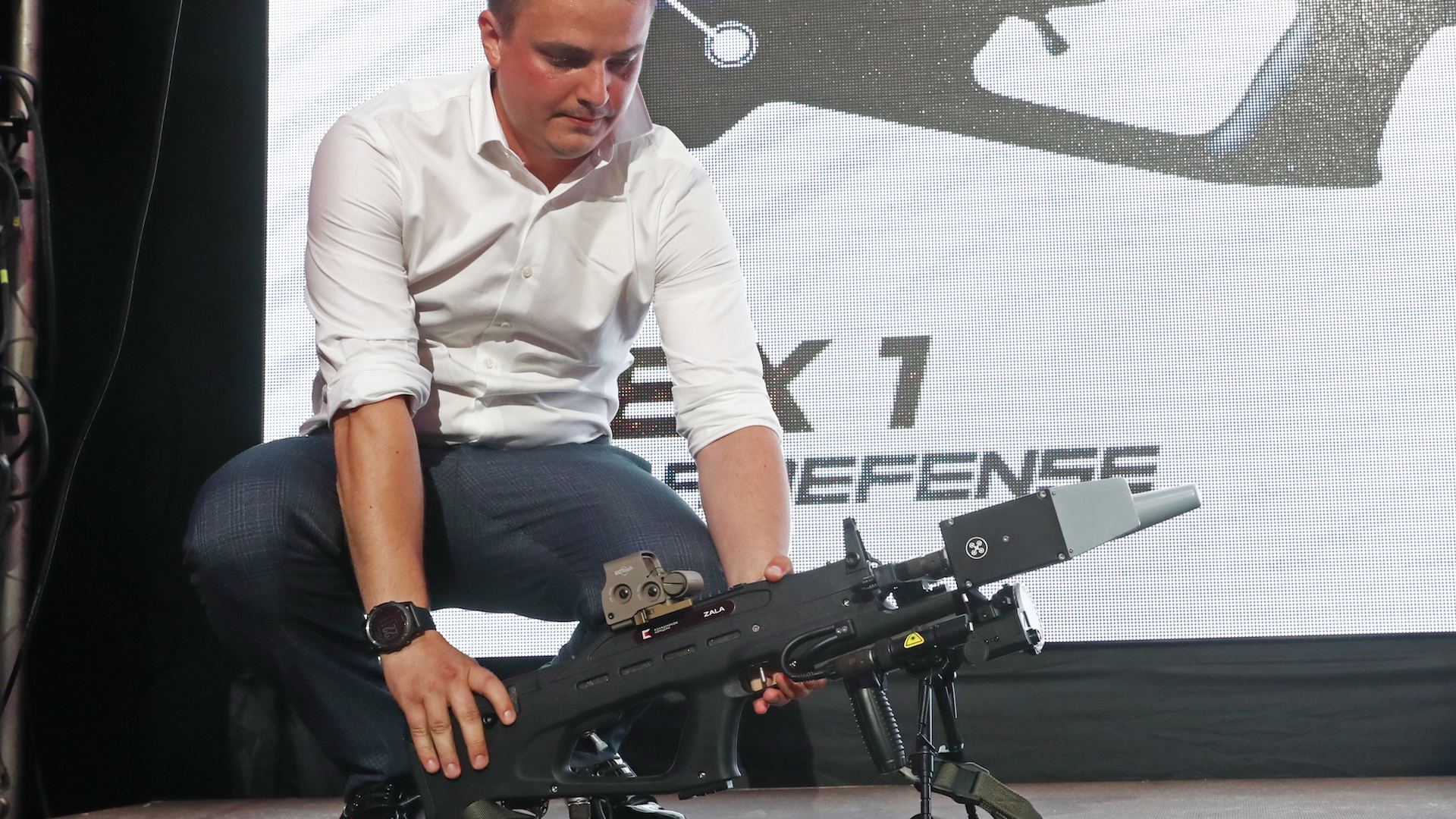

Queensland, Australia’s Liberal National Party leader Tim Nicholls said on television that he’s eager to implement anti-drone guns into the police force to combat crime and terrorism. According to DroneLife, Nicholls’ statements were aired by three major Australian TV networks on Tuesday, including his calling the anti-UAV technology a “raygun.”
DroneLife reports that this political coverage is the result of Queensland’s upcoming State General Election on Nov. 25. As in the United States, terrorism, security, and crime are major campaign issues, and Nicholls presumably thinks an anti-drone gun policy could win him favor and distinction vs. the other candidates. We’ve reported on drones delivering drugs into and out of prison, as well as colliding with commercial airplanes and illegally cross heavily secure borders. Nicholls may be on to something, in regards to bringing up security concerns from unwanted drone activity during political debates.
In June, we reported on seven effective anti-drone guns on the market. Numerous prisons across the country have already been affected by trespassing UAVs, with authorities and officials pondering just exactly what sort of defense strategies are available to them. Some suggest thorough geo-fencing, while others are keen on arming guards with anti-drone guns.
When drones can collide with passenger planes, deliver contraband across borders and into prisons, and citizens demand their “critical infrastructures” be protected against drones, it’s clearly time to take this subject seriously. If we’re going to make an effort to establish cohesive drone regulations and organize our national airspace accordingly, we should also have a discussion on how to prevent unwanted aerial visitors from entering our personal space.
According to DroneLife, a Grandview Research report from 2016 predicts the anti-drone market to reach $1.85 billion by 2024. We may start seeing a lot more politicians clamor for anti-drone gun funding in their districts, as the market expands and the aforementioned national concerns prevail.